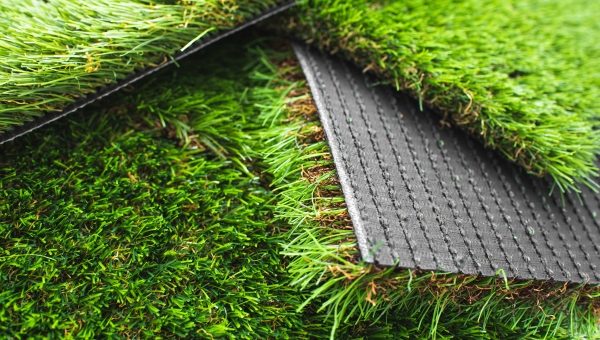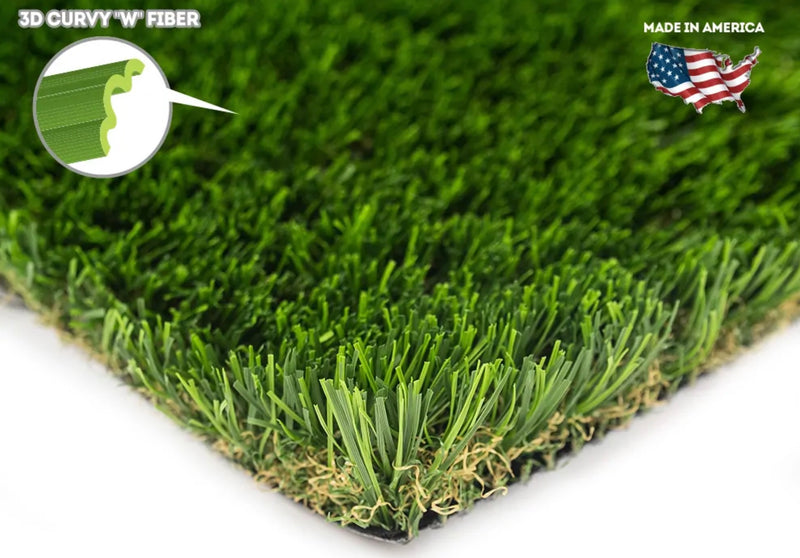Find Trusted Artificial Turf Companies Phoenix for High-Quality and Realistic Grass
Find Trusted Artificial Turf Companies Phoenix for High-Quality and Realistic Grass
Blog Article
Explore the Environmental Benefits of Opting for Synthetic Grass Solutions
The adoption of synthetic grass solutions provides a compelling chance to attend to pressing environmental difficulties. By substantially decreasing water usage and reducing the application of dangerous chemicals, these options not just promote sustainable landscape design however likewise safeguard regional communities. Moreover, the lower carbon impact related to decreased maintenance activities contributes to a more lasting strategy to land administration. Nonetheless, the ramifications of these benefits expand beyond mere preservation initiatives, questioning regarding their lasting effect on habitat conservation and overall eco-friendly balance. Exploring these dimensions exposes a complicated interplay worth taking into consideration.
Water Conservation Perks
One of the most substantial advantages of artificial lawn is its capability to save water. In contrast, artificial lawn does not require watering, considerably minimizing the general need for water resources.
By eliminating the demand for routine watering, fabricated grass adds to lasting landscape practices and assists minimize the ecological impact of extreme water intake. Furthermore, the preservation of water encompasses the reduction of drainage, which can lead to dirt disintegration and river pollution.
Additionally, the setup of artificial turf enables districts and house owners to designate water sources more effectively, concentrating on crucial uses such as drinking water and farming. The change towards synthetic grass not just advertises responsible water usage but also lines up with wider environmental goals targeted at protecting natural sources.
As neighborhoods significantly focus on sustainability, the water preservation advantages of man-made lawn offer an engaging instance for its fostering in property and business landscaping jobs.
Reduced Chemical Usage
The transition to artificial turf substantially decreases the dependence on chemical therapies frequently utilized in natural lawn upkeep. Traditional turf management normally entails the application of herbicides, fertilizers, and chemicals to advertise growth and control bugs. These chemicals can posture dangers to human health, local wild animals, and the setting, adding to soil and water contamination.
In contrast, fabricated grass eliminates the demand for these dangerous substances. As soon as mounted, it calls for very little upkeep, largely including normal cleaning and infrequent infill replenishment. This decrease in chemical use not only profits the immediate setting yet also adds to wider eco-friendly security. By reducing the release of synthetic substances right into the environment, artificial grass promotes healthier dirt and water systems.
In addition, the absence of chemical overflow connected with synthetic lawn setups assists safeguard local waterways from pollution, supporting aquatic life and keeping biodiversity. Turf installation phoenix az. As neighborhoods significantly prioritize lasting practices, selecting synthetic grass offers a viable service that lines up with environmental conservation objectives. Via this shift, homeowner can take pleasure in lush eco-friendly areas without jeopardizing environmental health, leading the way for a more lasting future
Lower Carbon Impact

Furthermore, the installation of synthetic grass can lead to considerable water preservation. All-natural yards call for substantial quantities of water for watering, which not just includes in the carbon impact related to water removal and navigate to this site therapy however also strains local water resources. On the other hand, synthetic grass needs minimal maintenance, requiring no watering, thereby significantly decreasing water usage and its associated energy prices.
Additionally, the longevity of synthetic grass adds to its decreased carbon impact. With a life-span of approximately 15 years or even more, the requirement for regular replacements is decreased, resulting in less waste and lower energy usage in manufacturing and throwing away standard turf options. In general, artificial turf offers a sustainable option for eco aware landscaping.
Habitat Preservation
Habitat conservation is an essential factor to consider in the argument over landscape design options, especially when contrasting man-made grass to all-natural lawn. Natural lawn lawns frequently call for comprehensive maintenance, consisting of the go use of fertilizers, herbicides, and chemicals, which can adversely affect neighborhood ecological communities. These chemicals can leach into the soil and waterways, harming native vegetation and animals and disrupting regional habitats.
Artificial grass gets rid of the requirement for harmful chemicals, thus shielding neighboring wild animals and preserving the stability of surrounding ecosystems. The setup of synthetic turf can lead to the conversion of former lawn areas right into even more biodiverse landscapes, such as pollinator gardens or indigenous plant locations, which can support regional wild animals.
Inevitably, the shift to synthetic grass not only saves water and reduces upkeep initiatives but likewise cultivates an extra harmonious partnership between human activities and the natural surroundings, promoting environment conservation in the process.
Long-Term Sustainability
Lasting sustainability is a vital consider assessing the advantages of fabricated lawn over traditional lawn yards. Among the most considerable advantages of artificial grass is its resilience; it can last up to 15-20 years with minimal maintenance, whereas natural lawn needs regular reseeding and substitute. This long life minimizes the requirement for continuous sources, such as water, fertilizers, and pesticides, which are necessary for preserving a healthy grass lawn.
Additionally, synthetic grass contributes to a decrease in carbon emissions related to yard treatment tools. Traditional grass frequently require gas-powered lawn mowers, trimmers, and blowers, all of which add to air pollution. Artificial turf companies phoenix. In comparison, synthetic grass gets rid of the need for such equipment, promoting a cleaner atmosphere
Additionally, the production of fabricated turf progressively uses recycled materials, boosting its sustainability you can look here account. As producers embrace environment-friendly methods, the ecological footprint of synthetic grass proceeds to decrease.

Verdict
The fostering of fabricated lawn solutions presents considerable ecological advantages, including significant water preservation, lowered reliance on dangerous chemicals, and a reduced carbon impact. Furthermore, synthetic grass help in maintaining natural habitats by reducing land disruption and advertising long-term sustainability with the usage of long lasting materials. Collectively, these aspects highlight the capacity of synthetic grass to contribute positively to environmental health and wellness and provide a practical option to standard landscaping methods in an increasingly resource-conscious globe.
In comparison, synthetic turf does not need watering, dramatically decreasing the total demand for water resources. By lessening the release of artificial compounds into the environment, fabricated turf promotes much healthier dirt and water systems.
Additionally, the installment of man-made turf can result in substantial water preservation. In contrast, man-made grass needs marginal upkeep, calling for no watering, thereby substantially decreasing water use and its connected energy expenses.

Report this page